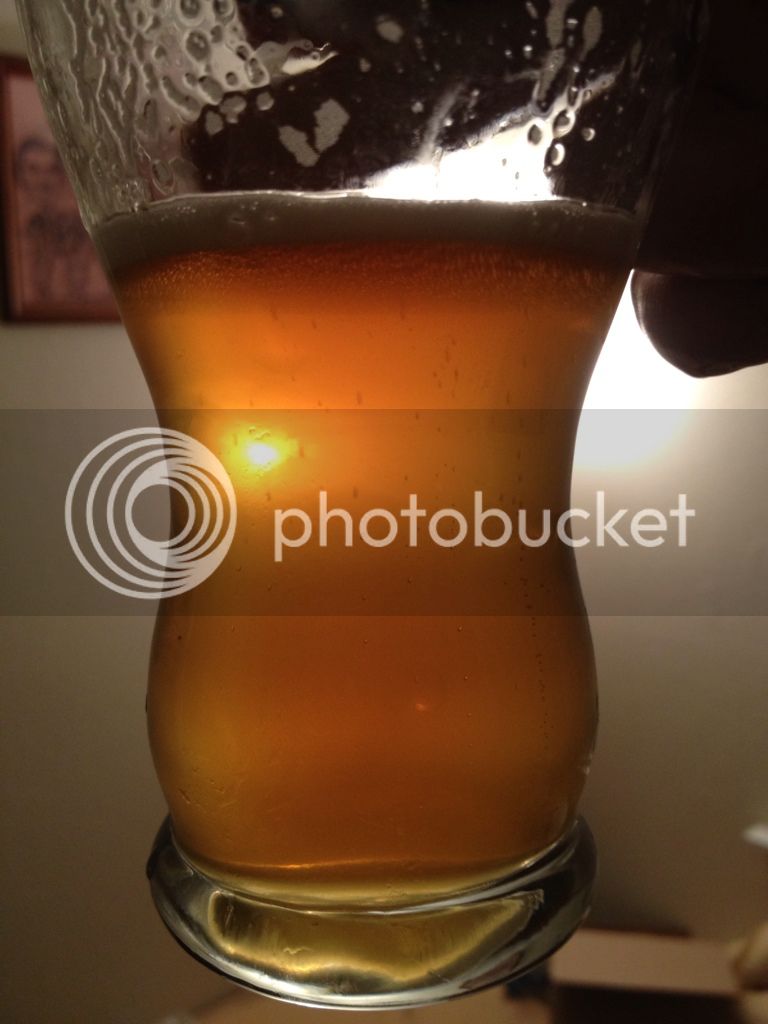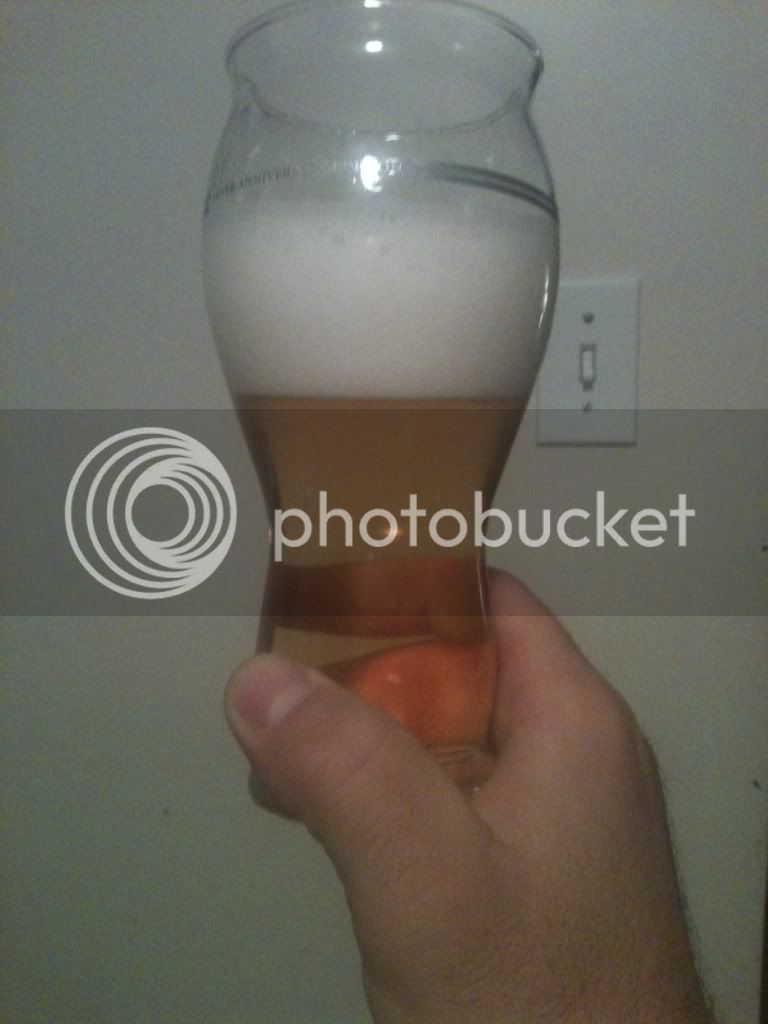sr20steve
Well-Known Member
So I have been struggling to get my beers commercial quality clear. I've been cold crashing and using whirflock, and even have been filtering as of recent with a 5 micron cartridge style filter. Everytime my beer remains slightly cloudy, even when it warms up. I recently just switched to a 1 micron filter on a DIPA I brewed, hoping it would solve my problems. But same thing, still hazy. It's not hefeweizen cloudy but still hazy.
Anyone else have success making comercial clear beer? I just got some bio fine I'm contemplating tossing some in my kegs to see how they clear up (even though they have been filtered already).
And before anyone says who cares what your beer looks like, it's a night and day difference in a flitered beer like a DIPA in smoothness with no bitter harsh hop particles floating around. I think it tastes much much better. You do lose some hop aroma but not a ton. And most of the folks who will try my brews want to see a crystal clear beer, I know it's stupid but most of my buddies aren't brewers. The clear beer makes people less hesitant to try it.
Anyone else have success making comercial clear beer? I just got some bio fine I'm contemplating tossing some in my kegs to see how they clear up (even though they have been filtered already).
And before anyone says who cares what your beer looks like, it's a night and day difference in a flitered beer like a DIPA in smoothness with no bitter harsh hop particles floating around. I think it tastes much much better. You do lose some hop aroma but not a ton. And most of the folks who will try my brews want to see a crystal clear beer, I know it's stupid but most of my buddies aren't brewers. The clear beer makes people less hesitant to try it.












![Craft A Brew - Safale S-04 Dry Yeast - Fermentis - English Ale Dry Yeast - For English and American Ales and Hard Apple Ciders - Ingredients for Home Brewing - Beer Making Supplies - [1 Pack]](https://m.media-amazon.com/images/I/41fVGNh6JfL._SL500_.jpg)

























































